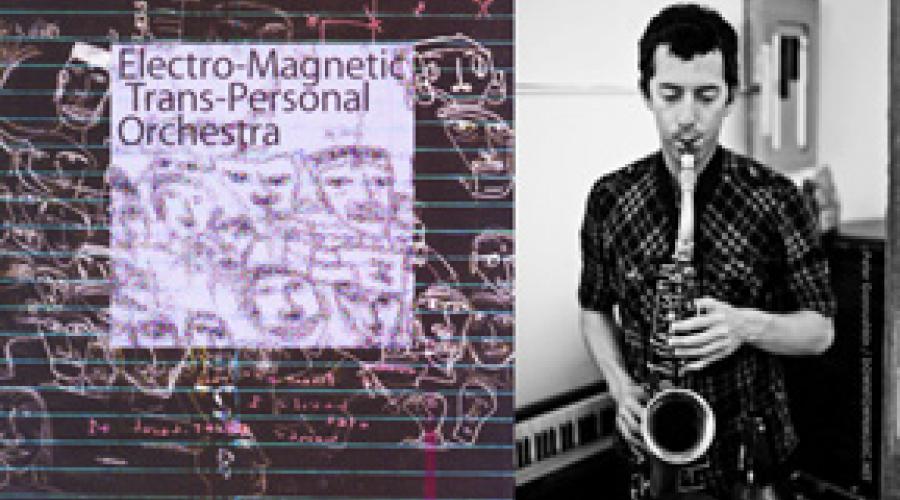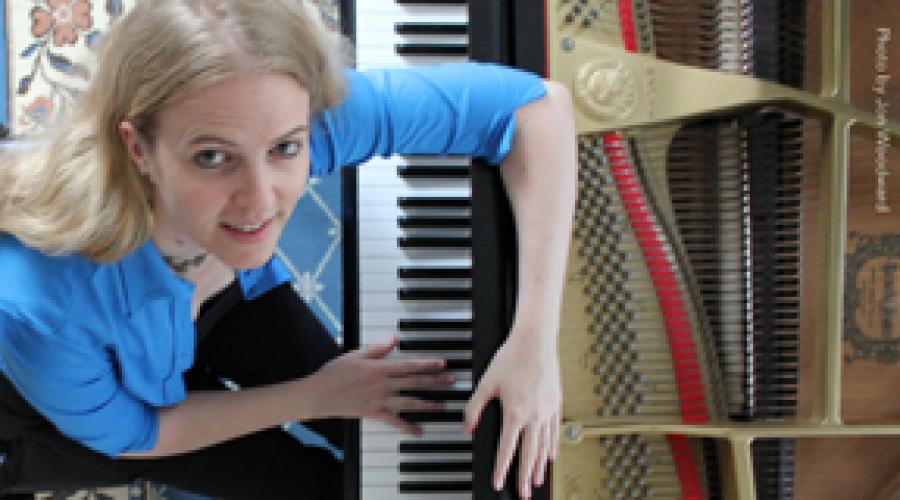
Archive
CNMAT Flashback
A look back at some items in our archives.
Open Sound West presents: Aram Shelton's Quartet/Octet and Aaron Bennett's EMPTO
Uncanny Valley: Pianist Oni Buchanan and poet Jon Woodward perform works by Jon Gibson and Cindy Cox
Archive Browser
Wednesday Lab: Envelopes, Tweens, Transitions
# Your assignment
## Sound
Play with the patches we have provided for making envelopes with line~ and adsr~ to get a feel for amplitude envelopes, and make yourself a collection of amplitude envelopes that you like. Name them envelope1, " envelope2", " etc."
Thursday Lab: Live Processing
Live processing
Friday Lab
Friday Lab
Monday Lecture: Anatomy of a Message
# Ideas
Max is a graphical programming where messages are passed between objects using patch cords. Today's lecture begins with the mode of interacting with the Max environment (locked/unlocked, patching/presentation). It moves on types (ints, floats, symbols, lists, audio, matrix) of messages, and how they can be formed and transmitted. Basic debugging techniques are addressed.
#Topics
Tuesday Lecture: Managing Lists
# Ideas
A common and powerful method of control is grouping messages together into lists, and storing lists in collections to be played back, like a musical score. Methods of creating an playing scores will be discussed.
Also, as projects get more complex, it becomes useful to organize one's patches. Two useful tools are: Sub-patchers and Abstractions.
# Topics
Wednesday Lecture: Moving in Time
#Ideas
Much Max programming can be thought of "getting the right message to the right place at the right time". Today we examine more nuanced temporal behavior, using objects to smoothly move from one state (keyframe, sound) to the next.
#Topics
- transitions in the control domain
- transitions in the signal domain
- transitions between images
#Objects
- line and line~
- adsr~
2009 Max/MSP/Jitter Night School: Syllabus and Patches
See below for for day by day break down...
Thursday Lecture: Control and Interface
# Ideas
Max is often used is inter-device and inter-media "plumbing." In other words, some sensor, controller, or input device is connected to a computer, running Max, which then outputs some audio, video, motor control messages to realize the artists wishes.
# Topics
- Keyboard and Mouse as controllers
- External devices (joystick, tablet...?)
- Open Sound Control
Resources for Further Study
Resources for Further Study
websites:
http://crca.ucsd.edu/~msp/techniques/latest/book-html/
http://ccrma.stanford.edu/~jos/GlobalJOSIndex.html
books:
[http://www.amazon.com/Computer-Music-Tutorial-Curtis-Roads/dp/0262680823...|The Computer Music Tutorial, by Curtis Roads]
http://code.google.com/p/maxtoolbox/
3rd party objects:
Friday Lecture
Friday Lecture
Tuesday
+ Tuesday: Modularity
- Abstractions/Encapsulation
- Arguments and Attributes
- poly~
+ Building Interfaces
- bpatcher
- pvar
- presentation mode
- jsui
- Big Patch: probablistic, harmonic cloud maker
+ Building bigger ptaches
- polyphonic sampler
+ Audio Analysis
+ Real-time Analysis Tools
- fiddle~
- yin~
- analyzer~
- iana~
- MSP Jimmies~
Monday
NOTE: what you need to get this night's patches happening:
+ Monday: Programming Max/MSP/Jitter
- Intro
- Who is Max?
+ Who made Max?
- David Zicarelli
Wednesday
+ Wednesday: Gestural Control
- Guest: David Wessel and The Slab
- Controller museum: the cream of the crop
+ Gestural Control: CNMAT's online database of controllers
+ History, Benefits and the Present
+ Connectivity
- MIDI
- USB
- OpenSoundControl
- Analog signals
Thursday
+ Thursday: CNMAT, Sofware, Tools, Resources
- Guest: John MacCallum and Andy Schmeder (CNMAT)
+ CNMAT Tools part 1
- see CNMAT's downloads page and the Max/MSP/Jitter Depot
002 Console Help
Press F4 (Fader Mute) to disengage physical fader movements that cause lots of noise when doing critical monitoring
1394 light shows green when 002 has good contact with Pro-tools LE software
Pro Tools software tips
EDIT WINDOW TIPS
QUICK AUDITION: option click in regions to audition a track quickly
SCRUB: hold down "control" and move mouse over audio
MARKERS ON FLY: while playing hit enter key on numeric key pad to add a marker (markers window is located at window/memory loactions)
Naming conventions
# Characters
When in doubt, stick to a-z, A-Z and numbers. To be safe on multiple operating systems, avoid these characters:
Asterisk *
Pipe |
Brackets < >[ ]
Question mark ?
Equal sign =
Plus sign +
Percent sign %
Quotes "
Slashes \ /
Comma, Period, Colon, Semicolon , . : ;
(Currently, we have a lot of + signs in our depot without incident, but it's still worth avoiding.)
Timbre Visualizations
This is some of the work done by Kai Siedenburg and David Wessel on this subject.
Hardware Roadmap
Presently micro-OSC supports the PIC18F2455, PIC18F4550, and PIC18F4553.
We like the USB-enabled PIC32 processor for the next uOSC port. It has more memory, is much faster and has considerably more digital and analog pins. The 16 ADC channels are 10-bit though not 12-bit as in the PIC18F4553.
Arduino
micro-OSC does not yet run on the Arduino. Some unfortunate design choices on the Arduino make it challenging to achieve good performance of uOSC as we have for the PIC.


